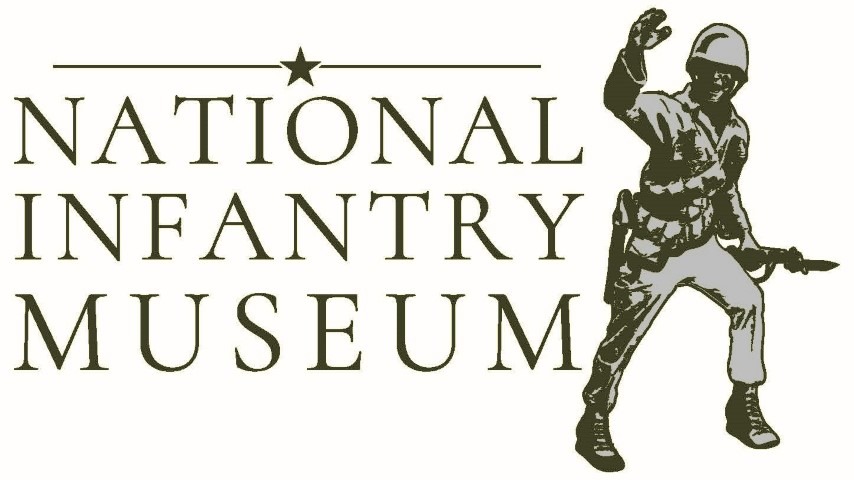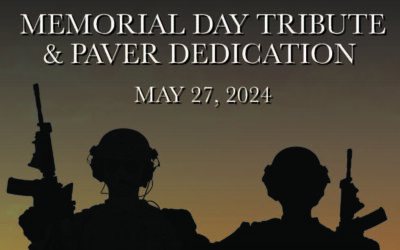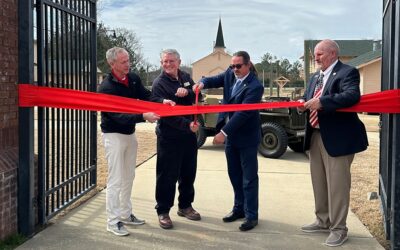The National Infantry Museum and Soldier Center
Welcome to the National Infantry Museum and Soldier Center, where you can learn about the history of the U.S. Army Infantry and honor the legacy of the brave soldiers who have served our country. The museum offers a variety of fun and informative attractions, including the Giant Screen Theater, Combat Simulators, and the Fife & Drum Restaurant.
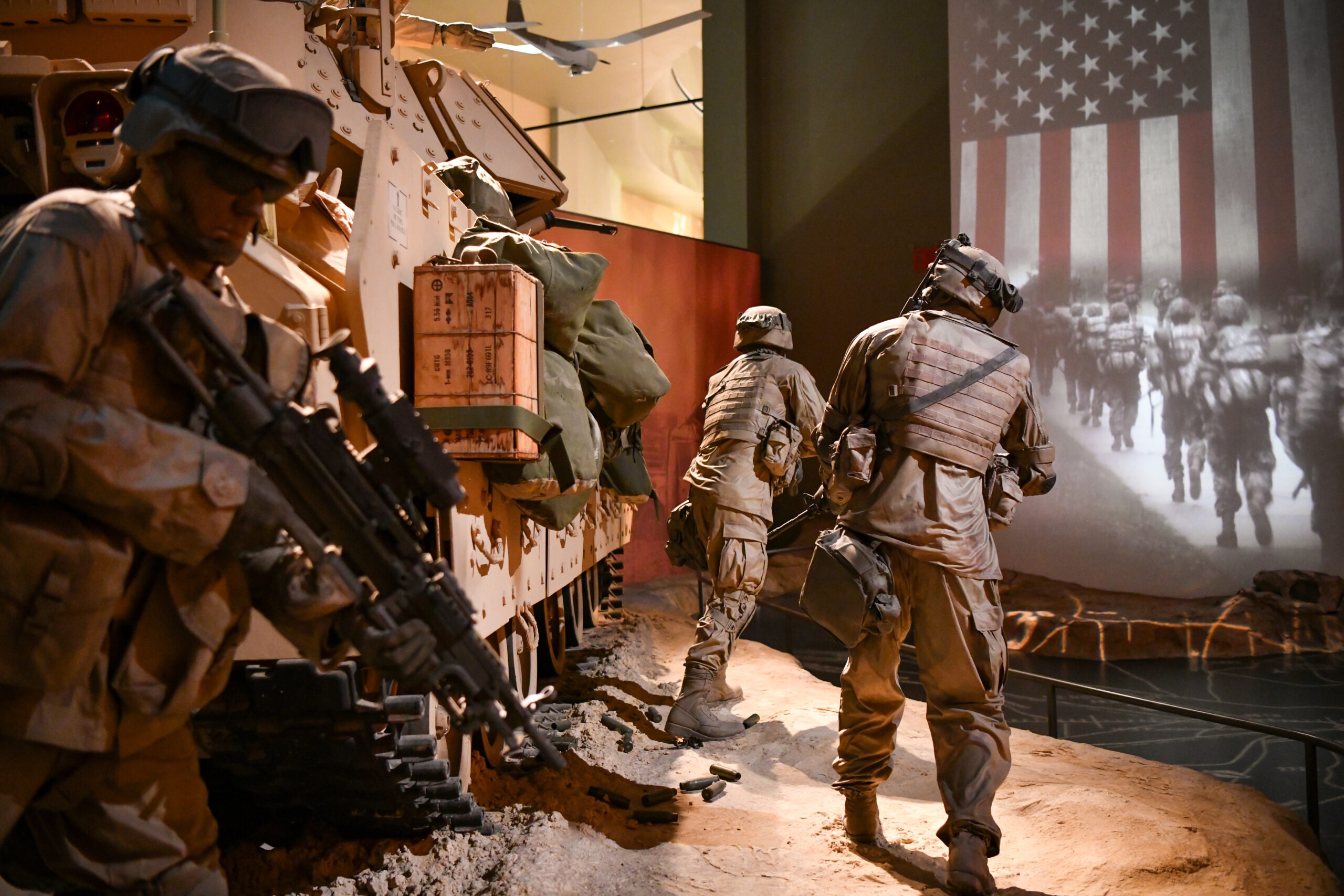
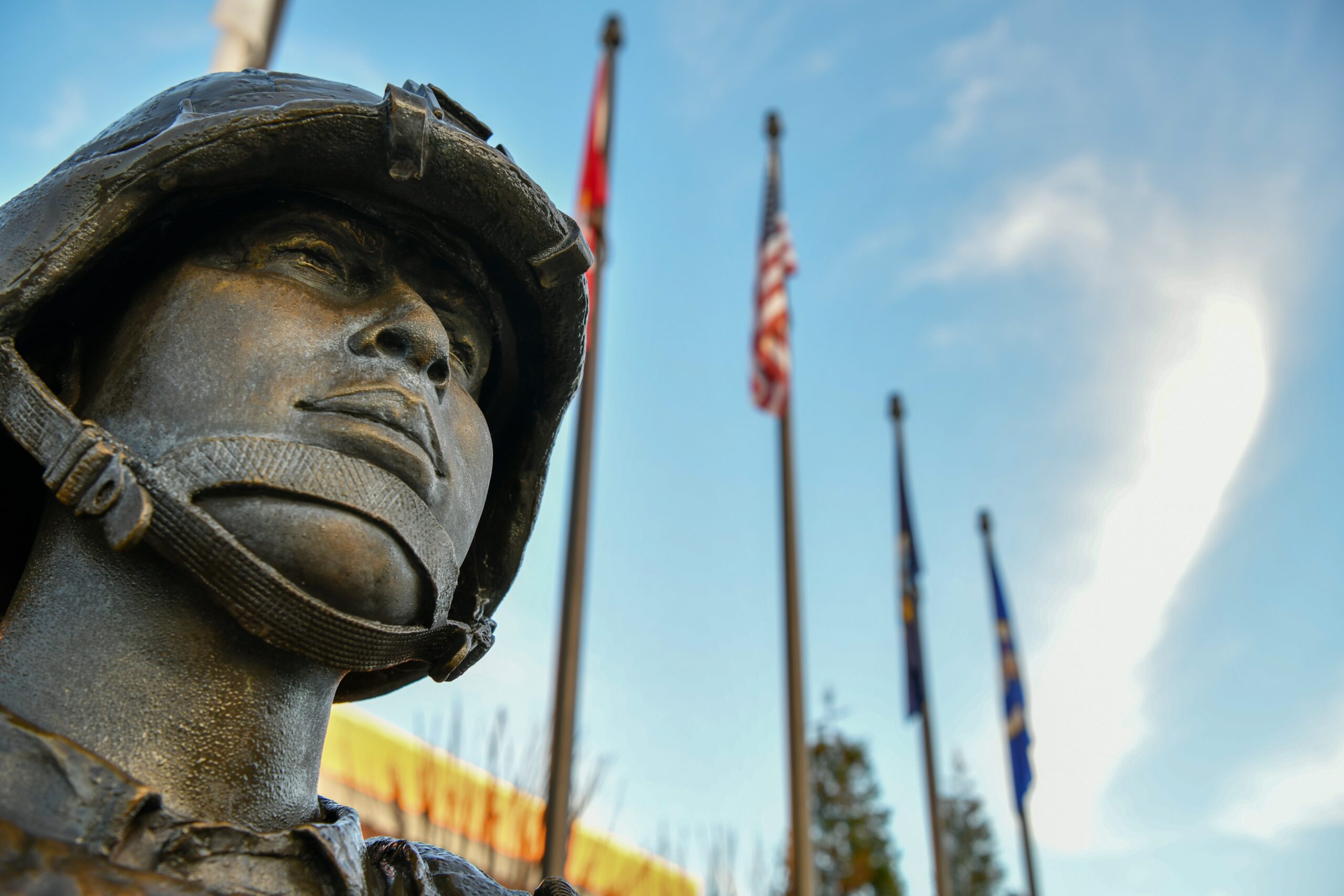
Explore Our Exhibits at National Infantry Museum and Center
A Wide Variety of Exhibits, Both Indoors and Outdoors
The National Infantry Museum boasts a wide variety of exhibits, both indoors and outdoors, that tell the story of the American Infantry Soldier from the Revolutionary War to the present day.
Visitors can explore galleries dedicated to specific eras, such as the Global War on Terrorism and the Cold War.
There are also exhibits that focus on different aspects of the military experience, such as the Armor & Cavalry Gallery and the World War II Company Street. In addition to the permanent exhibits, the museum also hosts a variety of special events and programs throughout the year.
Family Friendly Attractions at The National Infantry Museum
Immerse Yourself in Our Family Friendly Attractions
At the National Infantry Museum and Center, visitors can immerse themselves in a variety of engaging attractions.
Giant Screen Theater
The Giant Screen Theater offers captivating films and documentaries that bring military history to life on an epic scale.
Virtual Reality Center
For a cutting-edge experience, the virtual reality center allows guests to step into the shoes of Soldiers past and present, offering an interactive journey through pivotal moments in military history.
With these diverse attractions, the National Infantry Museum and Center offers an enriching and memorable experience for visitors of all ages.
Hold Your Event at The National Infantry Museum and Center
Events at the NIM
We aren’t your everyday venue; we’re the National Infantry Museum located in Columbus, Georgia, right outside of Fort Moore. Nominated by USA Today for being the nation’s number one free museum, the NIM is a grand setting sure to delight and surprise all your guests on your big day.

Weddings
Tie the knot in Columbus, GA’s most unique wedding venue! We are a one-stop shop for ceremonies, receptions, and catering, and we can’t wait to make your special day unforgettable.

Corporate Events
Choose an exciting venue for your next company outing! We are proud to offer corporate packages and deals that allow you experience the museum while accomplishing your networking, team-building, or meeting needs.

Catering
The Events at the NIM is partnered with several caterers across the Chattahoochee Valley to ensure all your food and beverage expectations are not only met, but exceeded!
Support Your National Infantry Museum
Become a Part of the Museum
The Infantry Soldier’s mission is to defeat tyranny and protect liberty around the globe. Our mission is to say Thank You. It is through your generosity that this world-class facility has become a reality, and it will be through your generosity that it will continue to thrive for generations to come.
The museum is operated by a private, non-profit organization – the National Infantry Museum Foundation.
There are many ways you can support the National Infantry Museum:
- Dedications
- Sponsorships
- Volunteer
- Membership
- Artifacts
- Donations
National Infantry Museum and Center News
Recent News and Announcements from The NIM
FREE Summer Kids Movies are Back!
Enjoy free screenings of your favorite family friendly movies this summer at the National Infantry Museum! The Summer Series kicks off on June 7th, no pre-registration required. Sensory friendly screenings will be on June 27th and 28th. Please see full schedule below....
Memorial Day 2024
Spend Memorial Day with your family at the National Infantry Museum! Open from 9-5 on Monday, May 27th, you are welcome to join us for our Memorial Day Tribute and Paver Dedication Ceremony with Keynote Speaker Marissa Readinger at 11:00am. The ceremony will take...
WWII Street Reopens with Ribbon Cutting Celebration
After several months of renovations and preservation work, the National Infantry Museum officially reopened World War II Street in February with a ribbon cutting celebration.
Plan Your Visit to The National Infantry Museum and Center in Columbus, Georgia.
See a collection of more than 70,000 artifacts from the last 240 years of American military history. Explore on your own or book a guided tour to immerse yourself in the full museum experience!
